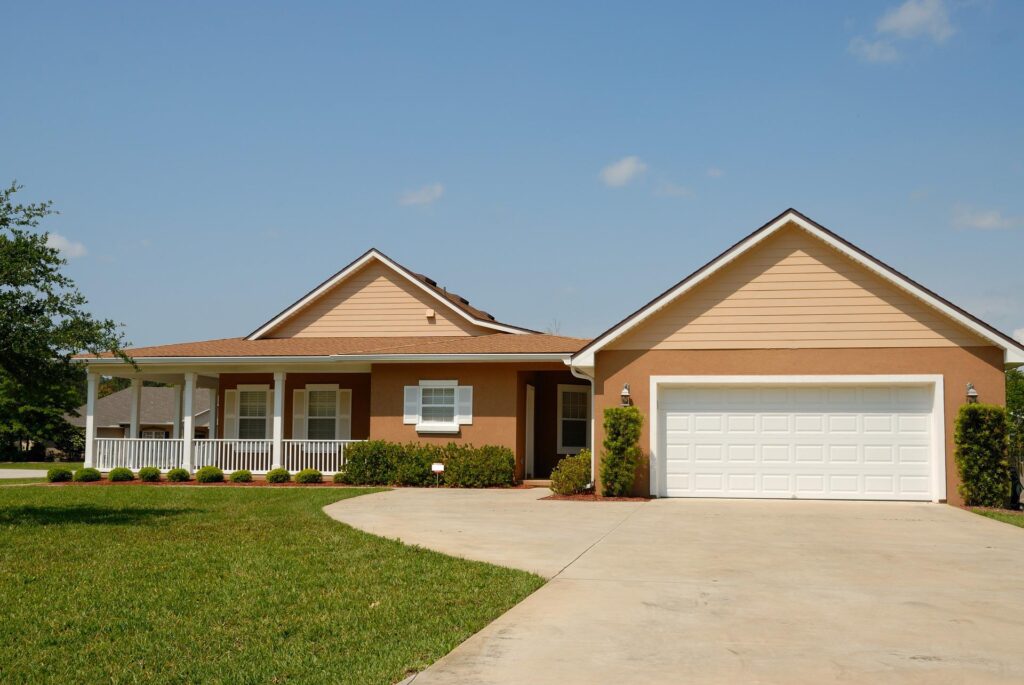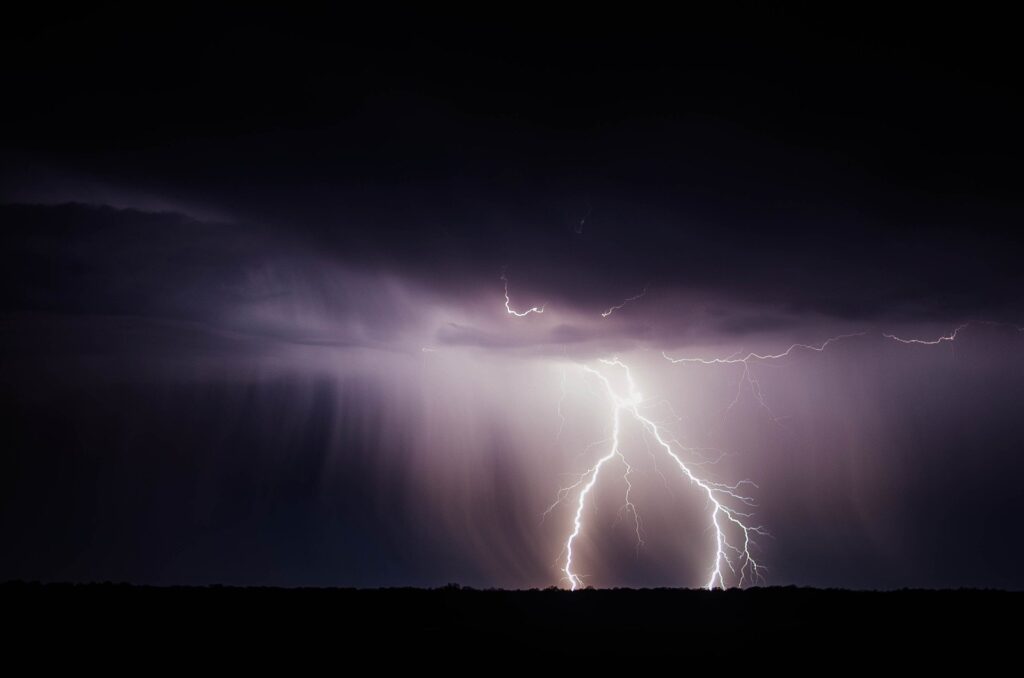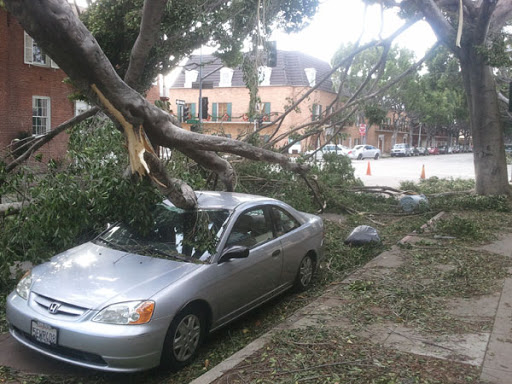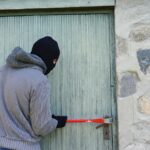My Roof is Damaged – Shouldn’t My Insurance Cover That?
Has your roof sustained storm damage or just in need of a serious face-lift?

Having your roof repaired or replaced is the last thing you want to worry about when the weather is nice; however, neglecting to have repairs made can result in chronic, long-term issues to both the exterior and interior of your home. Cracked, brittle, curled or missing shingles can be the gateway for severe damage if not addressed.
We know the process of selecting a contractor to complete the repairs is not easy and requires some homework. We also believe most contractors are honest and reputable; unfortunately, some are not.
Here are some tips to keep in mind when having your roof repaired.
Contractor:
- Work only with a licensed contractor who can show proof of insurance.
- Request references from the contractor and check them out.
- See if the contractor is rated by the BBB.
- Be present when the contractor inspects the roof and ask questions.
- Request a detailed estimate identifying the cost breakdown, when the work will be completed, guarantees, warranties and payment schedule.
- Avoid contractors who solicit business door to door.
- Avoid contractors who pressure you to act now.

Design/Code:
- Make sure the type of roof covering is appropriate for your roof slope. Keep in mind that shingles are not appropriate for a flat roof.
- Make sure the contractor inspects and addresses the flashing on th roof such as the valleys, roof vents, and chimneys.
- Make sure the roof is ventilated properly. Heat that is trapped in an attic can cause condensation issues or decrease the life expectancy of your roof.
- Review local building code(s) to ensure the proposed repair is in compliance, such as the type of sheathing and use of ice/water shield.
- Avoid applying new shingles over a deteriorated roof.
- Make sure the weather is appropriate when the repairs are made. Remember shingles will not seal properly in colder temperatures.













